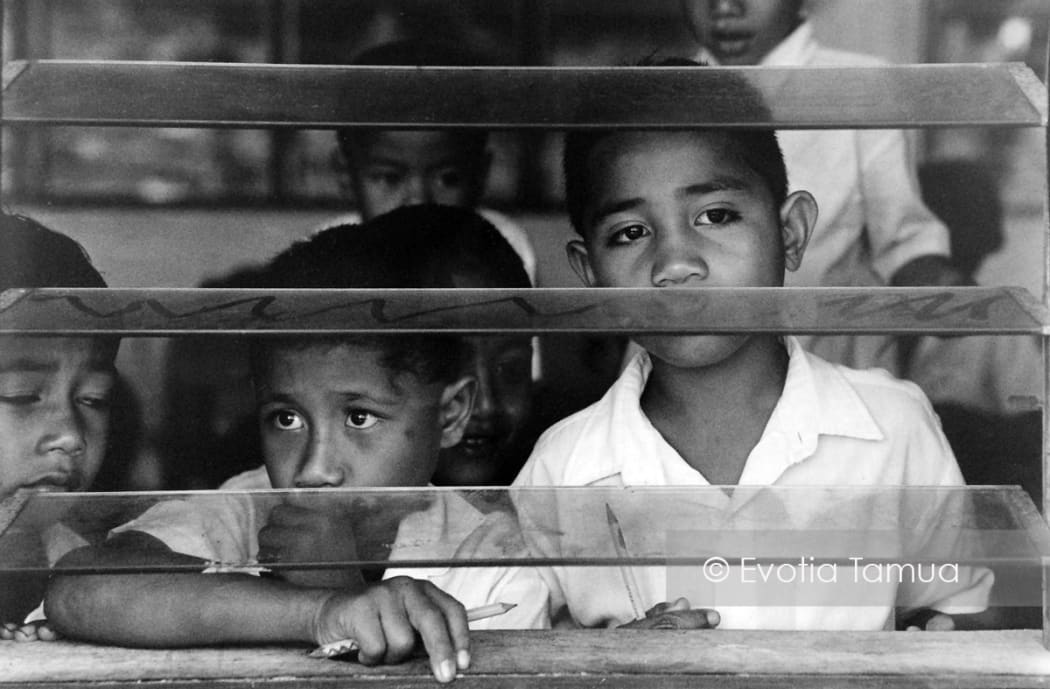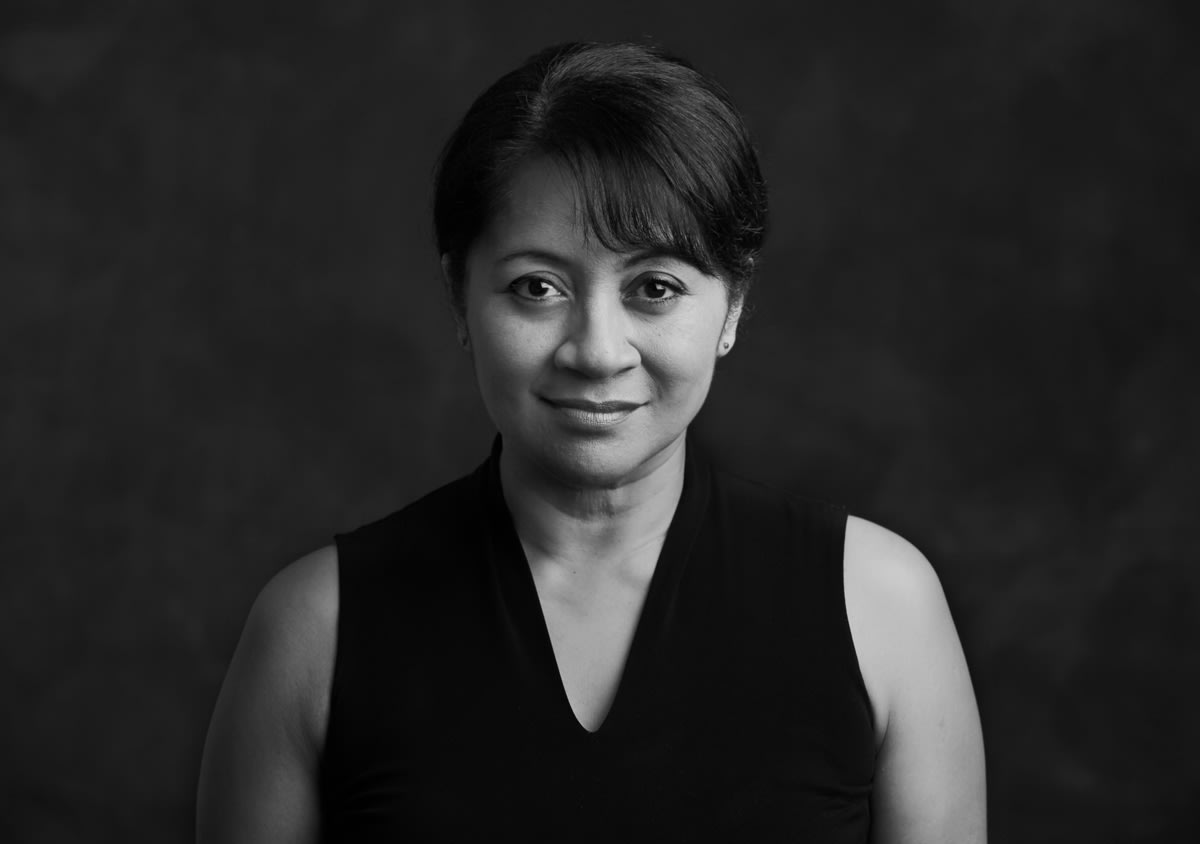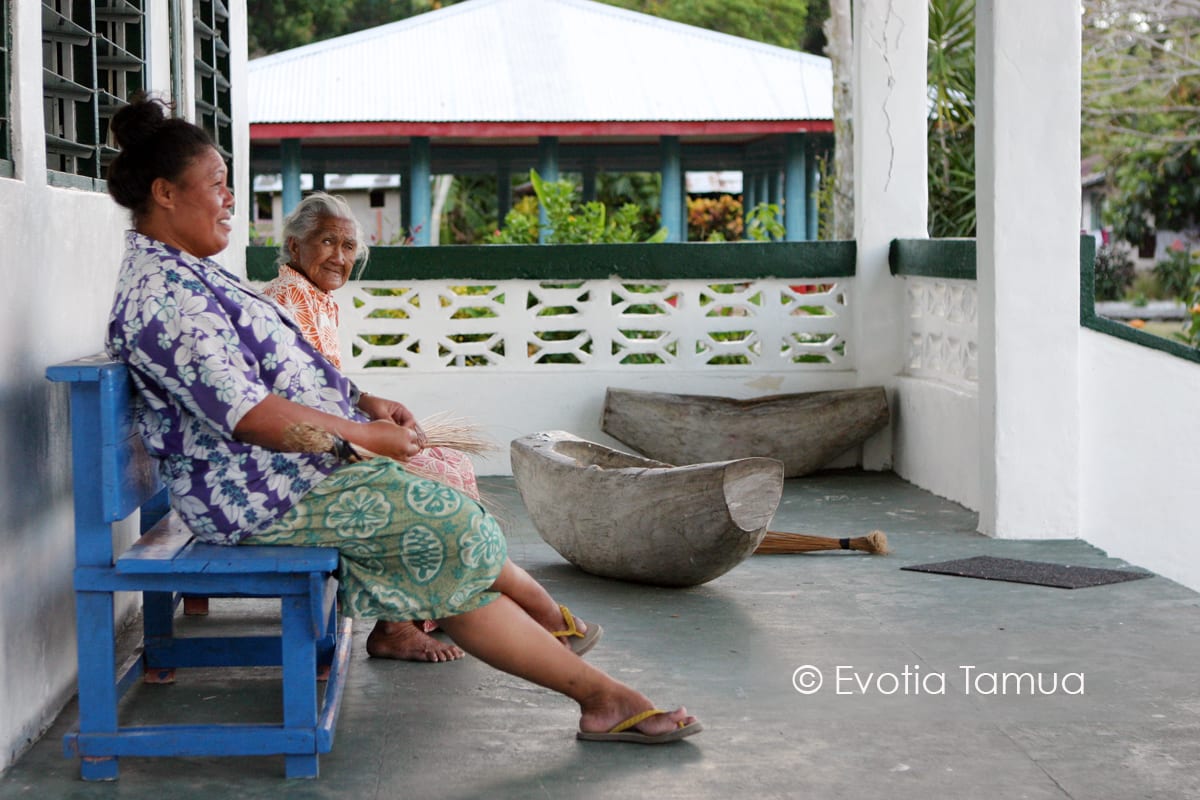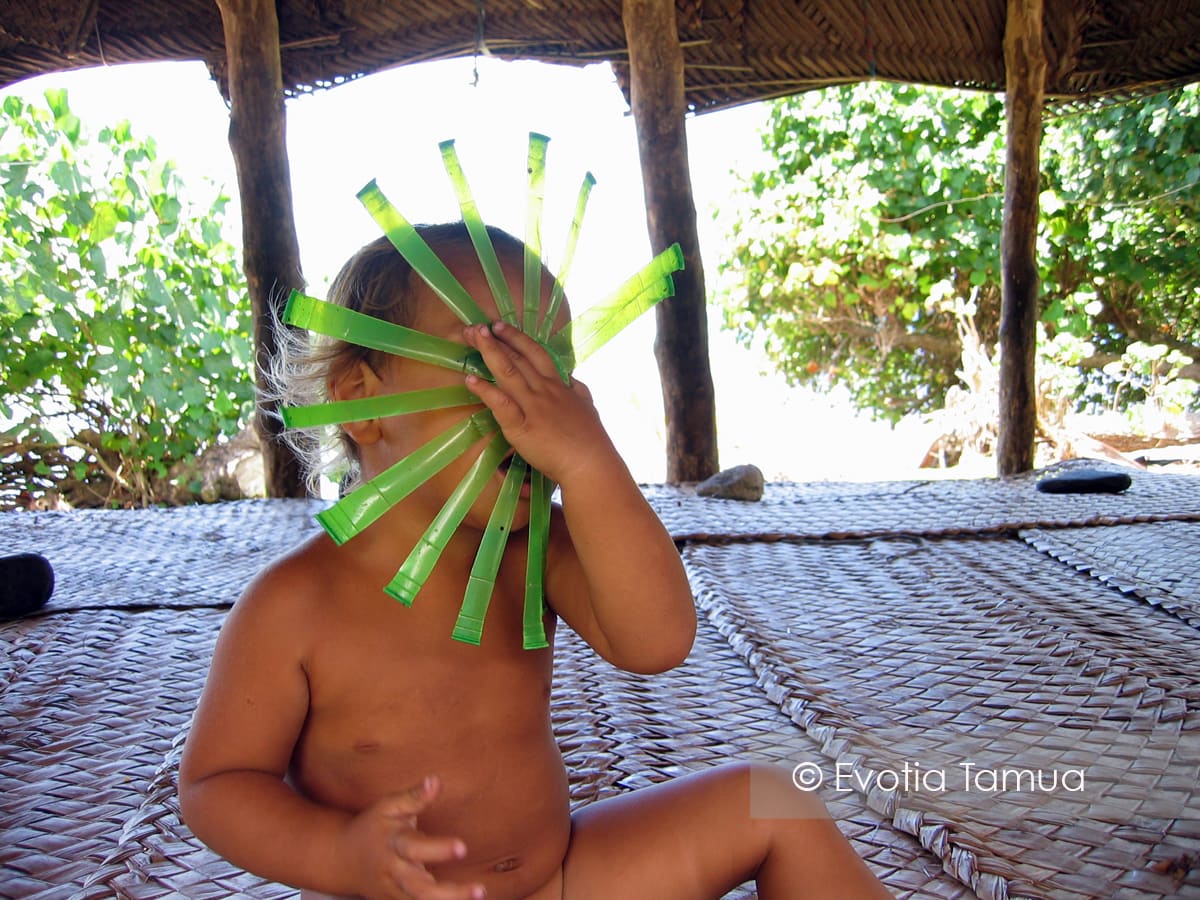Evotia Tamua first started taking photos in the late eighties not knowing she would soon embark on a 20-year journey documenting Salelesi village and its changes.
"I started it because I just wanted to record what people look like," she said.
"I'm the same as my father, he was really interested in my family history. So, he would write things down and interview certain family members and for me, it was really about recording what people looked like before people died or moved away or became old."
The Auckland-based Samoan photographer has received an artist's residency at the National University of Samoa, which she'll use to complete her project on Salelesi village.
Ms Tamua said the project officially started in 1994 and she returned nearly every year to take more photos, capturing the moments as the village adapted to the introduction of electricity, cars, television, and mobile phones.
"I remember when our village had its first street lamp and the youth were so against it. They didn't like it because they said it was weird to have light at night time. And so they smashed the lightbulb. They said 'the only light we want to see at night is moonlight'."
Eventually people embraced new technology - televisions and cars which were once a marker of wealth, are now common possessions in every home.
"I've actually seen children pretty much grow up. And I've seen their parents as young - like, when they were teenagers, and parents get together and they have their own children," she said.

Salelesi Primary school pupils look out of louvre windows in 1994. Photo: Evotia Tamua
"So I've seen children grow up in my photographs and they're married themselves. They've got their own children and are living somewhere else. A lot of my photographs, well I say they're not snapshots but they're kind of everyday life photographs, at the time that I took them it was - they weren't that important," said Ms Tamua.
"Compound that by five, 10, 15, 29 years later, I've got a lot of requests from like great grandchildren of people that I've photographed. And I'm like, oh man, I don't even know who these people are."
"I've got thousands of images and it's just taking the time to go through everything."
But despite all the change, Ms Tamua says many things have remained the same. The houses are still the same. Village meetings still take place and after church committee lunches with Matai and the Matai wives, young men and women still happen in the same way.
"It's just little things like a flat screen TV that's in there now," she said.
"Going to church in the morning service and the afternoon service still looks the same except there are people who are being driven to church now instead of walking."
Some things have been missed by Ms Tamua's lens like funerals, weddings and birthdays and she hopes the three month residency will give her the chance to capture more.
"A lot can happen in three months in Samoa. I mean, anything happens in Samoa."
Ms Tamua's residency is in partnership with Creative New Zealand and begins next month.
Click to expand image

Auckland-based Samoan photographer Evotia Tamua. Photo/Evan Donnelly

Two women rest out the front of a church on a Saturday after tidying up before the next day's Sunday service. Photo/Evotia Tamua

Malili Faolua makes use of a green plastic cup in Salelesi in 2004. Photo/Evotia Tamua

